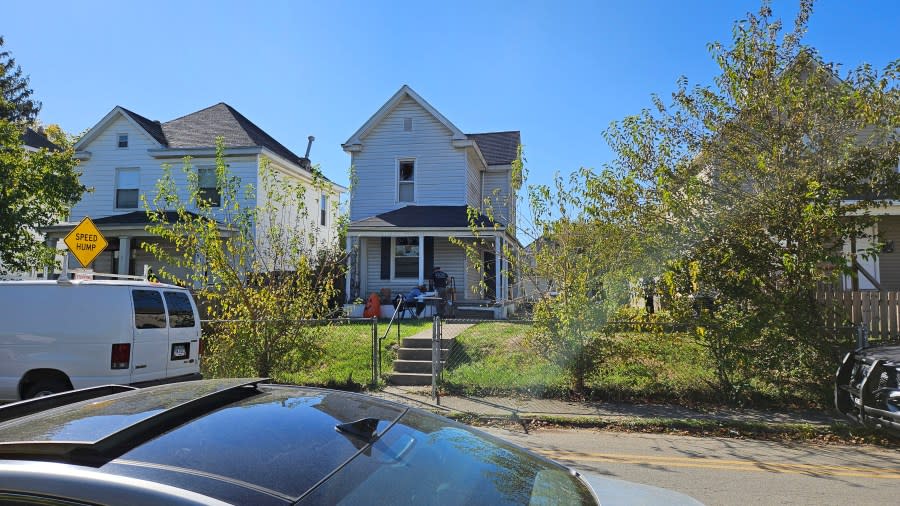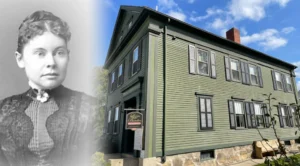The term trap house has become widely recognized in popular culture, particularly through its connection to hip-hop and street culture. While originally used to describe a house where illegal drug operations took place, the term has evolved into a broader concept, influencing music, fashion, and even business ventures. This article explores the history, significance, and cultural impact of the trap house, shedding light on its origins and how it has transitioned into mainstream consciousness.
The Origins of the Trap House
The term trap house originated in the southern United States, particularly in Atlanta, Georgia, during the late 20th century. The word “trap” refers to the act of selling drugs, and a “trap house” was a location where such activities took place. These houses were often abandoned or low-profile homes in urban neighborhoods, used as operational centers for drug dealers.
During the 1980s and 1990s, with the rise of the crack cocaine epidemic, trap houses became more prevalent. They were places where transactions occurred swiftly, often under dangerous conditions. Law enforcement agencies worked to dismantle these operations, leading to frequent raids and arrests. Despite these efforts, the existence of trap houses persisted, becoming a symbol of survival and economic struggle in impoverished communities.
The Connection Between Trap Houses and Hip-Hop
Hip-hop music has played a pivotal role in bringing the concept of trap houses into mainstream awareness. Trap music, a subgenre of hip-hop that originated in the early 2000s, was heavily influenced by the realities of life in the streets, including the presence of trap houses. Artists such as T.I., Gucci Mane, Young Jeezy, and later Future and Migos, embraced the term, using their music to narrate the harsh realities of growing up in neighborhoods where trap houses were common.
Trap beats, characterized by heavy 808 bass, rapid hi-hats, and dark melodies, became synonymous with storytelling about struggle, crime, and ambition. As the genre gained popularity, so did the term trap house, becoming a staple in urban vocabulary and popular culture.
The Cultural Shift: From Illegal Activity to Mainstream Influence
Over time, the negative connotations of trap houses began to shift. Instead of solely representing illegal activities, the term started to symbolize resilience, hustle, and economic survival. This change in perception can be attributed to various factors:
- Music and Media – Hip-hop artists glamorized the term trap house, transforming it into an emblem of success and street credibility.
- Entrepreneurship – Many artists and influencers began using the term to brand clothing lines, record labels, and even art installations, detaching it from its criminal roots.
- Entertainment and Social Media – Viral content and influencers further popularized the concept of trap houses, often repurposing the term in creative and unconventional ways.
The Modern Interpretation of Trap Houses
Today, the meaning of trap house has expanded beyond its original definition. While it still refers to drug-related operations in law enforcement and historical contexts, it has also taken on new meanings in mainstream culture.
- Music Studios and Creative Spaces – Some artists refer to their recording studios or creative hubs as trap houses, signifying a place of hustle and productivity.
- Themed Businesses and Events – From pop-up shops to art exhibitions, the term trap house is used to attract attention and resonate with urban culture enthusiasts.
- Merchandising and Branding – Several businesses have adopted the term, launching brands inspired by the aesthetics and rebellious spirit of trap culture.
The Controversy Surrounding Trap Houses
Despite its cultural evolution, the concept of the trap house remains controversial. Critics argue that glamorizing the term can downplay the harsh realities of drug abuse, violence, and systemic issues affecting marginalized communities. Others believe that repurposing the term into something positive allows individuals to reclaim their narratives and highlight stories of resilience.
Law enforcement agencies and community activists continue to work toward eliminating actual trap houses due to their connection to crime and public safety concerns. However, discussions about gentrification and the criminalization of poverty often intersect with these efforts, making it a complex issue to address.
Conclusion
The trap house has undergone a significant transformation from a term associated with crime to a cultural phenomenon influencing music, fashion, and entrepreneurship. While its historical roots remain tied to the underground drug economy, its presence in mainstream culture reflects broader conversations about survival, success, and resilience in the face of adversity.
As society continues to evolve, the perception of the trap house will likely keep changing, reflecting the shifting dynamics between urban life, popular culture, and economic opportunity. Whether seen as a remnant of street life or a symbol of perseverance, the trap house remains an undeniable part of contemporary discourse.






